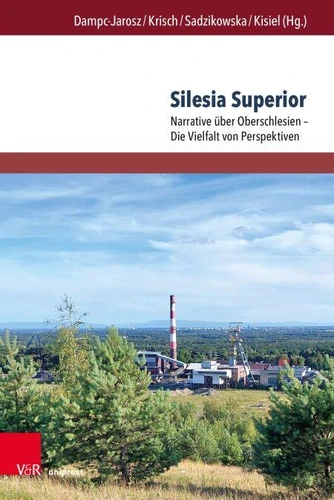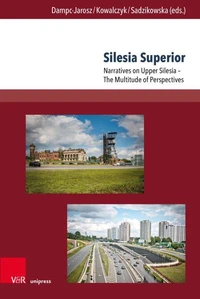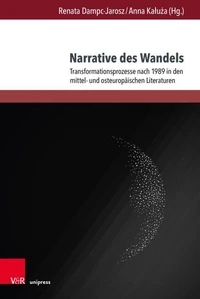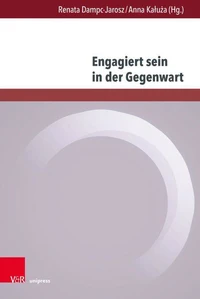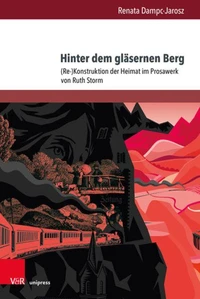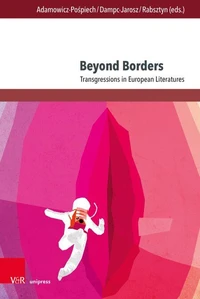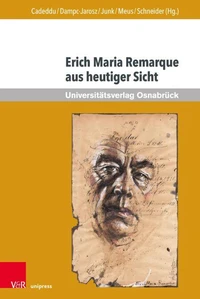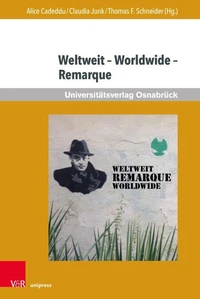Nouveauté
Silesia Superior. Narrative über Oberschlesien – Die Vielfalt von Perspektiven
Par : , , ,Formats :
Disponible dans votre compte client Decitre ou Furet du Nord dès validation de votre commande. Le format PDF est :
- Compatible avec une lecture sur My Vivlio (smartphone, tablette, ordinateur)
- Compatible avec une lecture sur liseuses Vivlio
- Pour les liseuses autres que Vivlio, vous devez utiliser le logiciel Adobe Digital Edition. Non compatible avec la lecture sur les liseuses Kindle, Remarkable et Sony
 , qui est-ce ?
, qui est-ce ?Notre partenaire de plateforme de lecture numérique où vous retrouverez l'ensemble de vos ebooks gratuitement
Pour en savoir plus sur nos ebooks, consultez notre aide en ligne ici
- Nombre de pages392
- FormatPDF
- ISBN978-3-8470-1895-7
- EAN9783847018957
- Date de parution13/10/2025
- Protection num.pas de protection
- Taille5 Mo
- Infos supplémentairespdf
- ÉditeurV&R Unipress
Résumé
Der Band ist das Ergebnis der Forschung über Oberschlesien, einer Industrieregion, die in den vergangenen Jahrhunderten von drei Kulturen beeinflusst wurde: der deutschen, der polnischen und der tschechischen. Auch die regionale kulturelle Identität, das Schlesische, spielte und spielt hier eine bedeutende Rolle. Während der erste Teilband die Erforschung der Region aus naturwissenschaftlicher, industriegeschichtlicher, sozialer und kultureller Sicht darstellte, ist der vorliegende zweite Teilband ein vergleichender, deutsch-polnischer Ansatz und konzentriert sich auf die von deutschen und polnischen Schriftsteller:innen aufgegriffenen Motive, auf die unterschiedliche Art und Weise, wie die Geschichte und die kulturellen Phänomene der Region ihre Identität prägen oder Ausdruck ihrer kulturellen Vielfalt sind.
This volume is the result of research into Upper Silesia, an industrial region that has been influenced by three cultures over the past centuries: German, Polish and Czech.
The regional cultural identity, the Silesian language, also played and still plays an important role here. While the first partial volume presented research into the region from a scientific, industrial, social and cultural perspective, the second partial volume takes a comparative, German-Polish approach and focuses on the motifs taken up by German and Polish writers, on the different ways in which the history and cultural phenomena of the region characterise its identity or are an expression of its cultural diversity.
The regional cultural identity, the Silesian language, also played and still plays an important role here. While the first partial volume presented research into the region from a scientific, industrial, social and cultural perspective, the second partial volume takes a comparative, German-Polish approach and focuses on the motifs taken up by German and Polish writers, on the different ways in which the history and cultural phenomena of the region characterise its identity or are an expression of its cultural diversity.
Der Band ist das Ergebnis der Forschung über Oberschlesien, einer Industrieregion, die in den vergangenen Jahrhunderten von drei Kulturen beeinflusst wurde: der deutschen, der polnischen und der tschechischen. Auch die regionale kulturelle Identität, das Schlesische, spielte und spielt hier eine bedeutende Rolle. Während der erste Teilband die Erforschung der Region aus naturwissenschaftlicher, industriegeschichtlicher, sozialer und kultureller Sicht darstellte, ist der vorliegende zweite Teilband ein vergleichender, deutsch-polnischer Ansatz und konzentriert sich auf die von deutschen und polnischen Schriftsteller:innen aufgegriffenen Motive, auf die unterschiedliche Art und Weise, wie die Geschichte und die kulturellen Phänomene der Region ihre Identität prägen oder Ausdruck ihrer kulturellen Vielfalt sind.
This volume is the result of research into Upper Silesia, an industrial region that has been influenced by three cultures over the past centuries: German, Polish and Czech.
The regional cultural identity, the Silesian language, also played and still plays an important role here. While the first partial volume presented research into the region from a scientific, industrial, social and cultural perspective, the second partial volume takes a comparative, German-Polish approach and focuses on the motifs taken up by German and Polish writers, on the different ways in which the history and cultural phenomena of the region characterise its identity or are an expression of its cultural diversity.
The regional cultural identity, the Silesian language, also played and still plays an important role here. While the first partial volume presented research into the region from a scientific, industrial, social and cultural perspective, the second partial volume takes a comparative, German-Polish approach and focuses on the motifs taken up by German and Polish writers, on the different ways in which the history and cultural phenomena of the region characterise its identity or are an expression of its cultural diversity.

